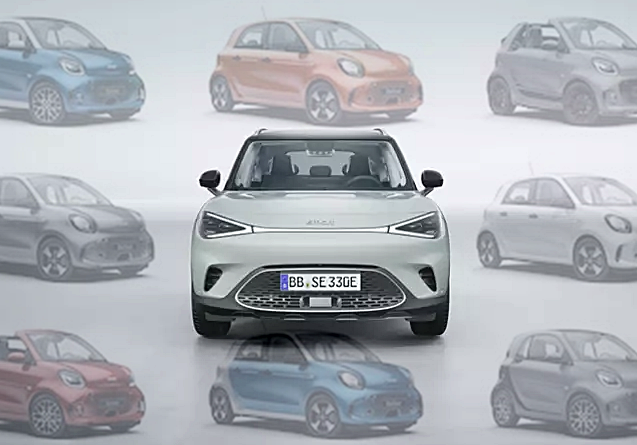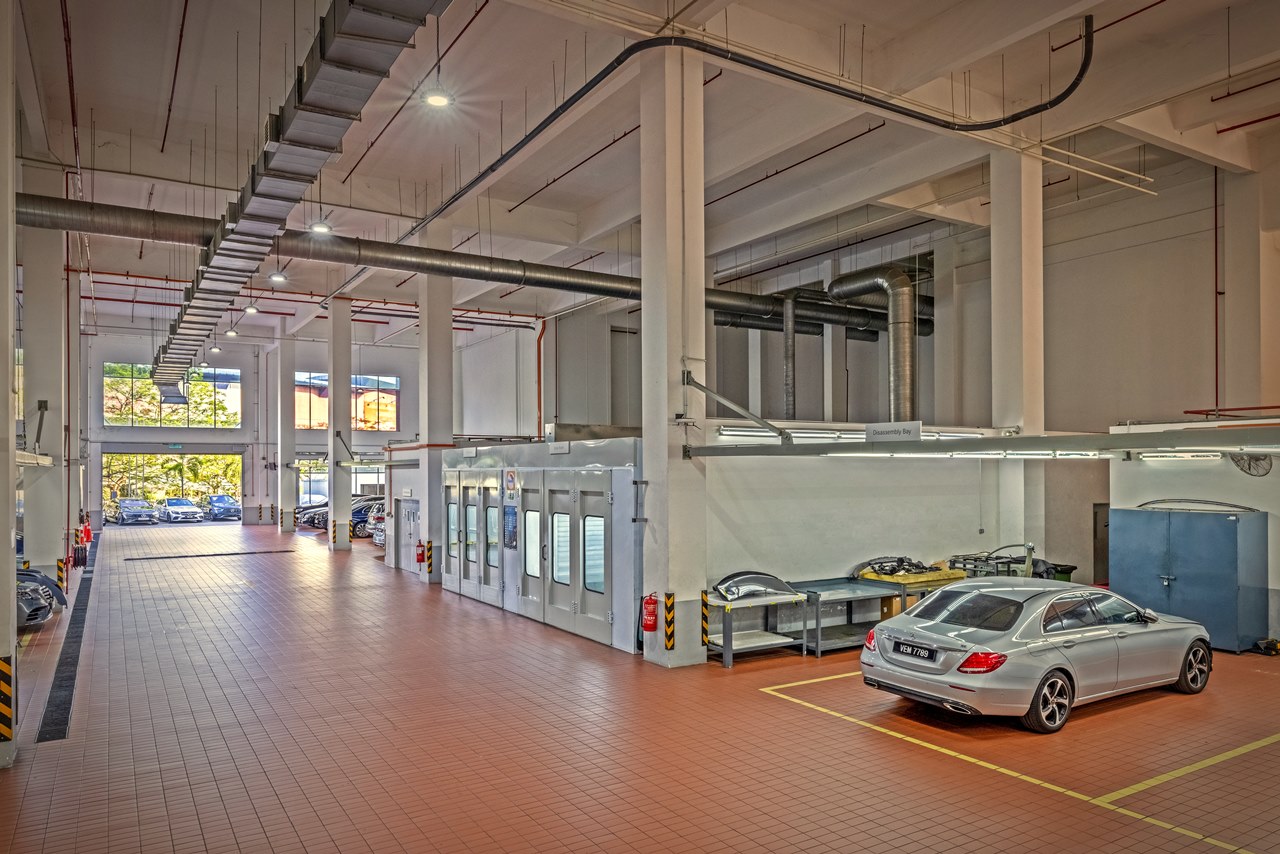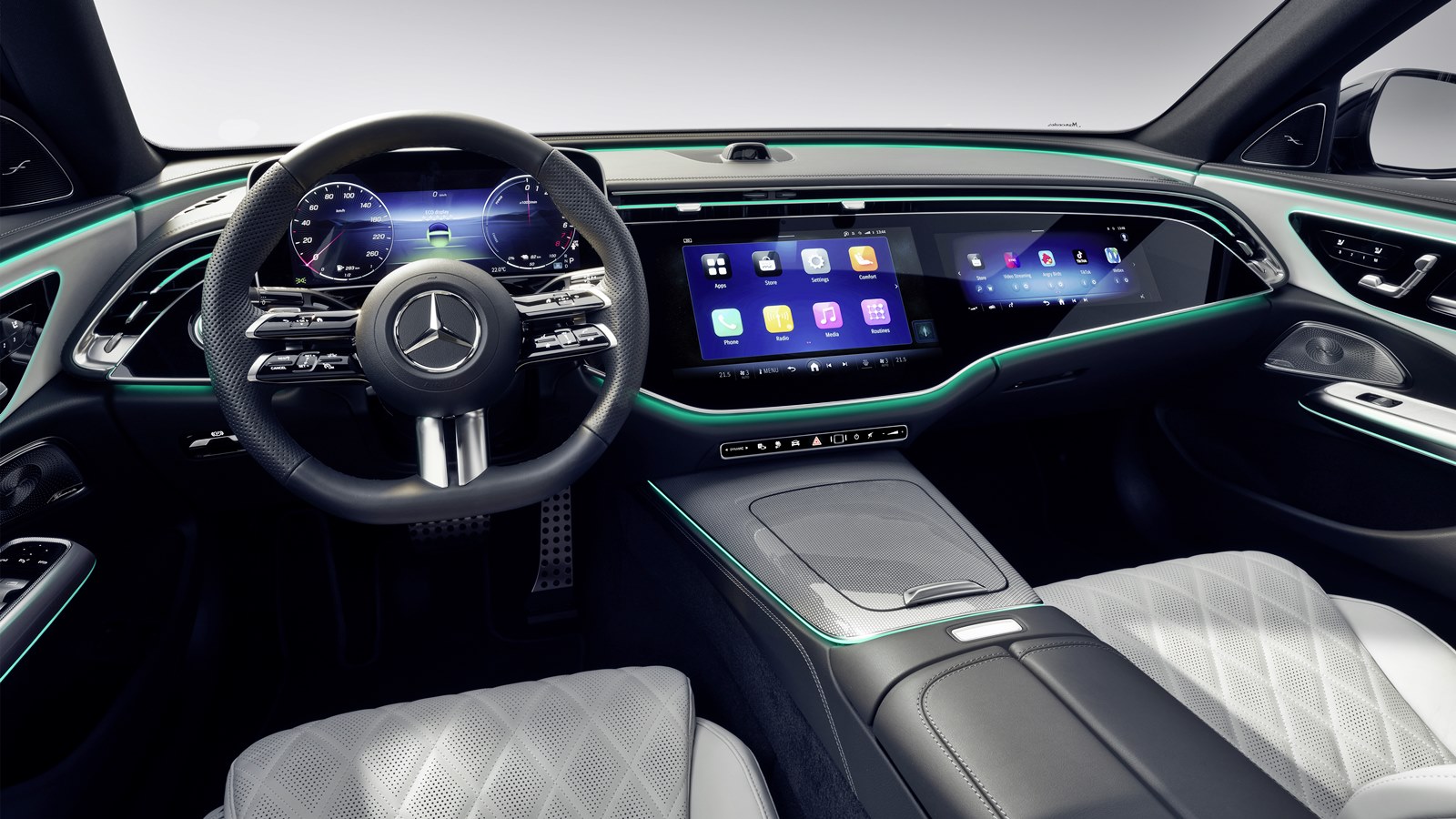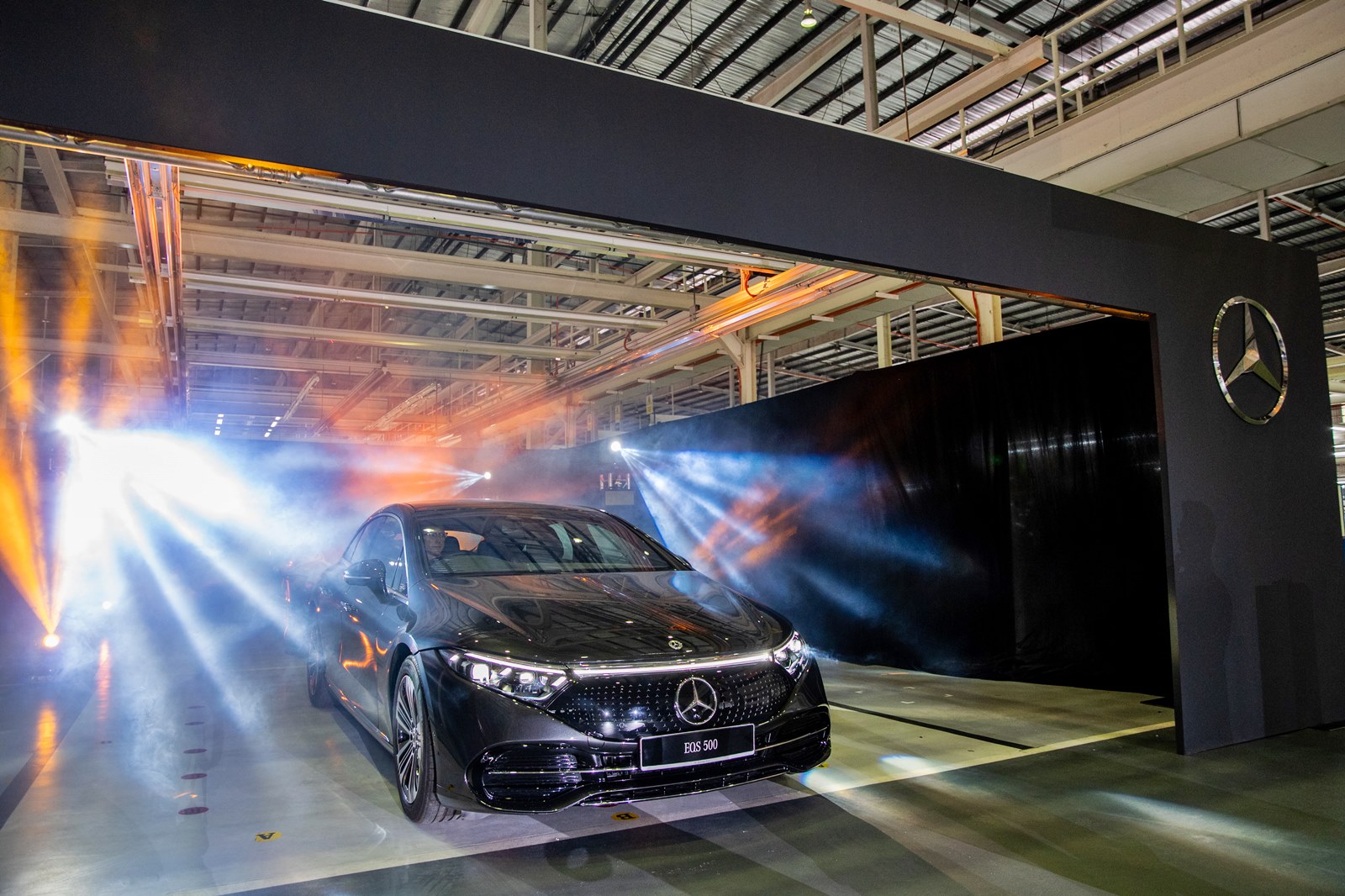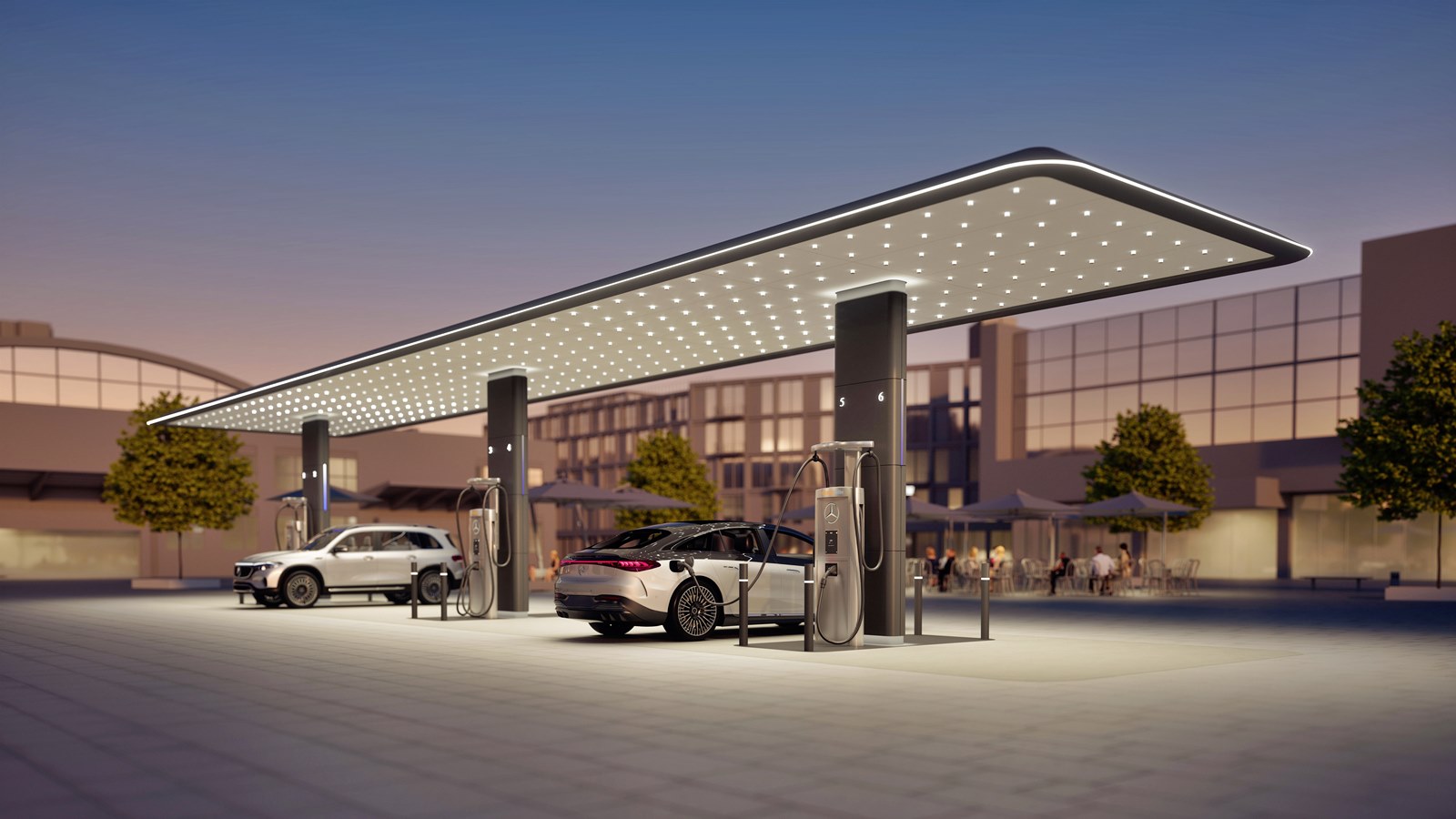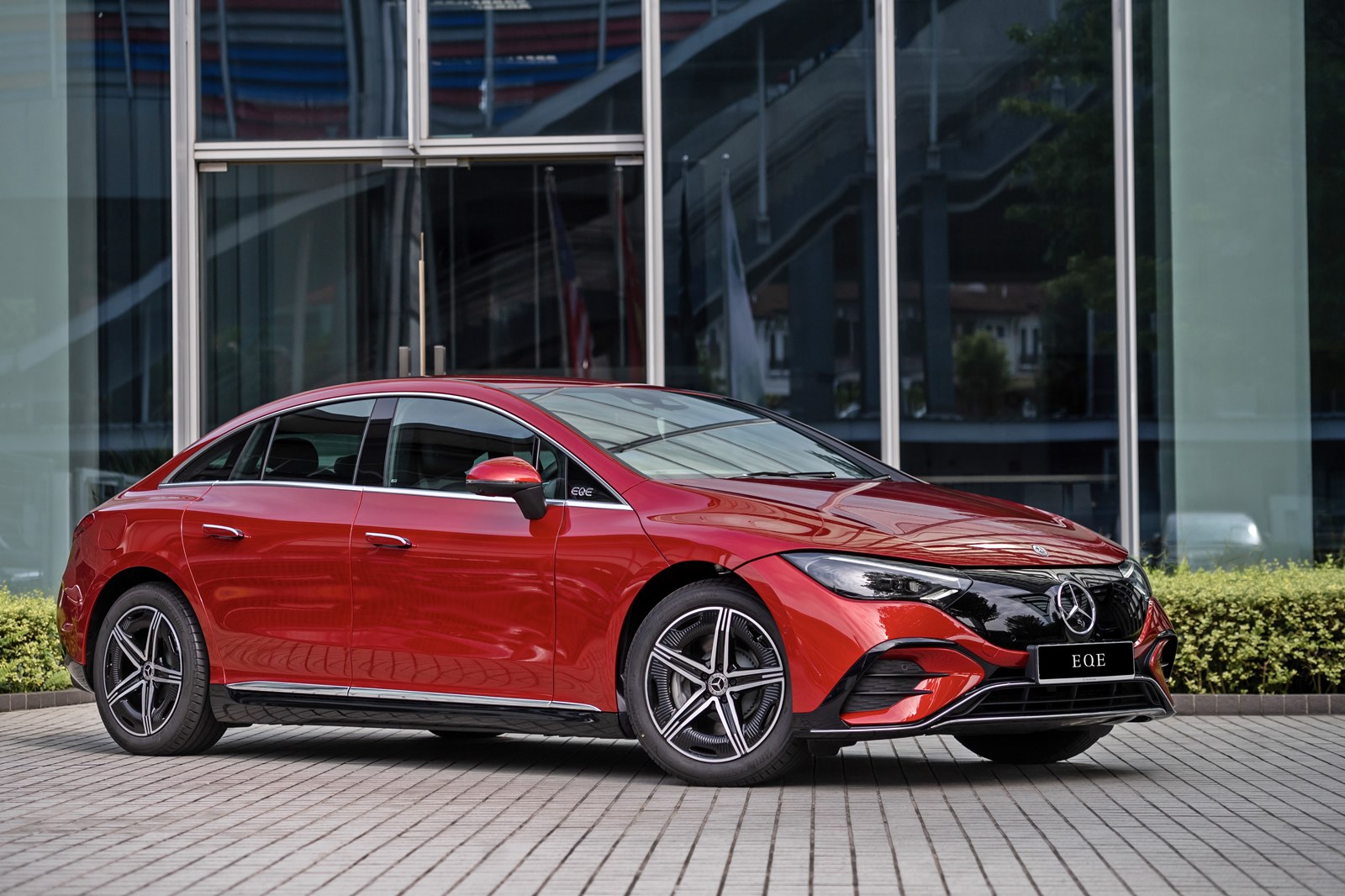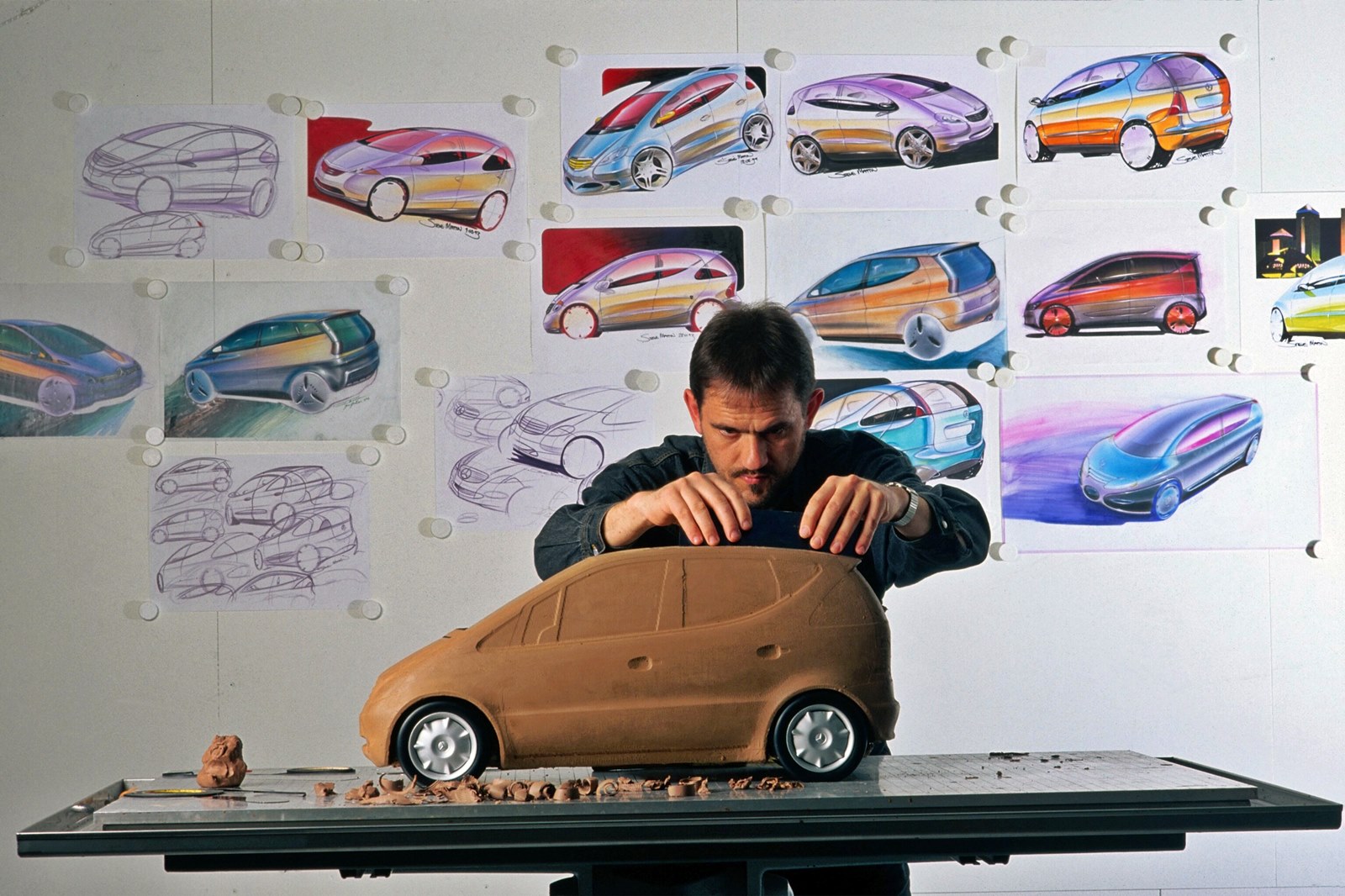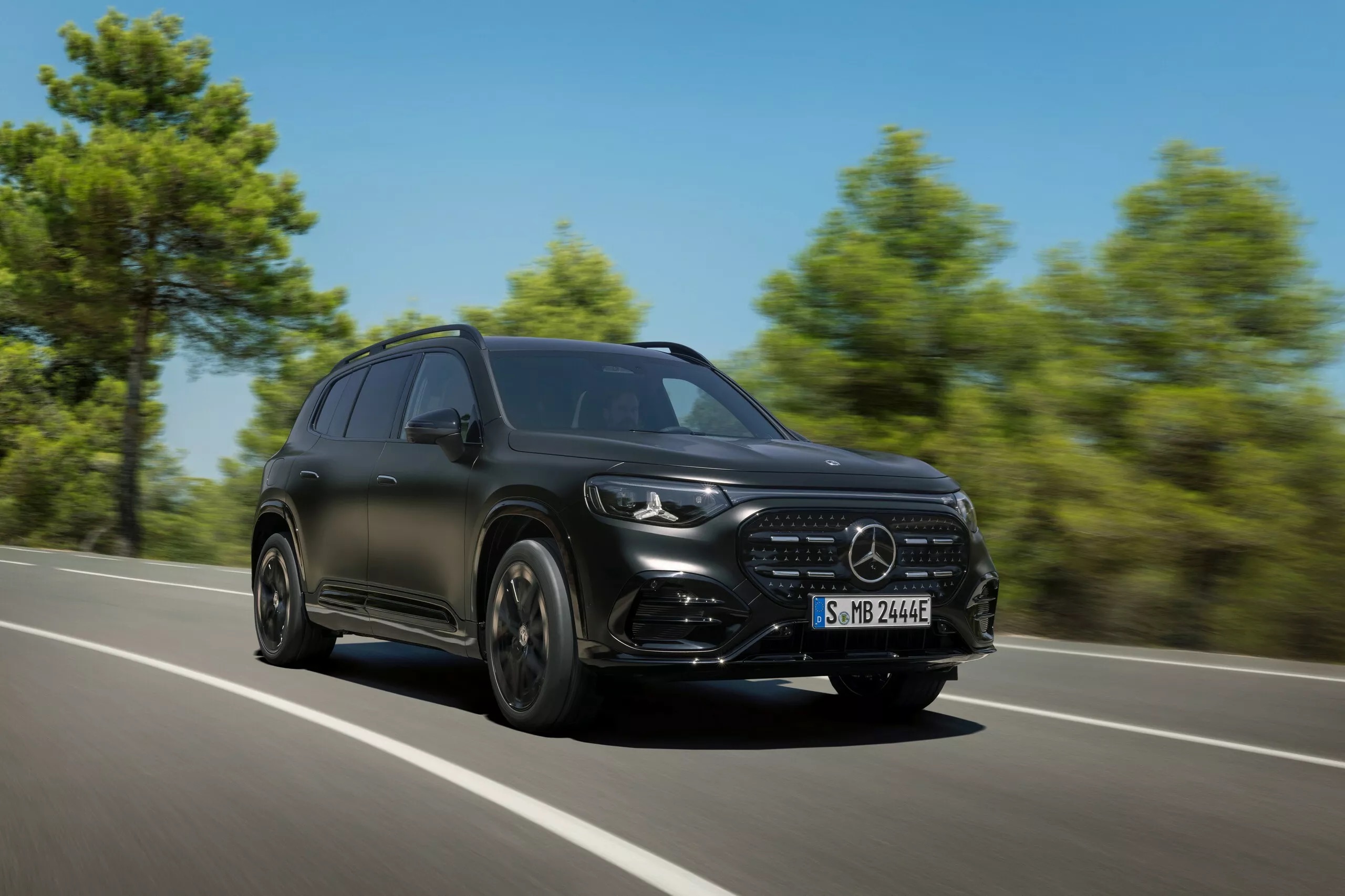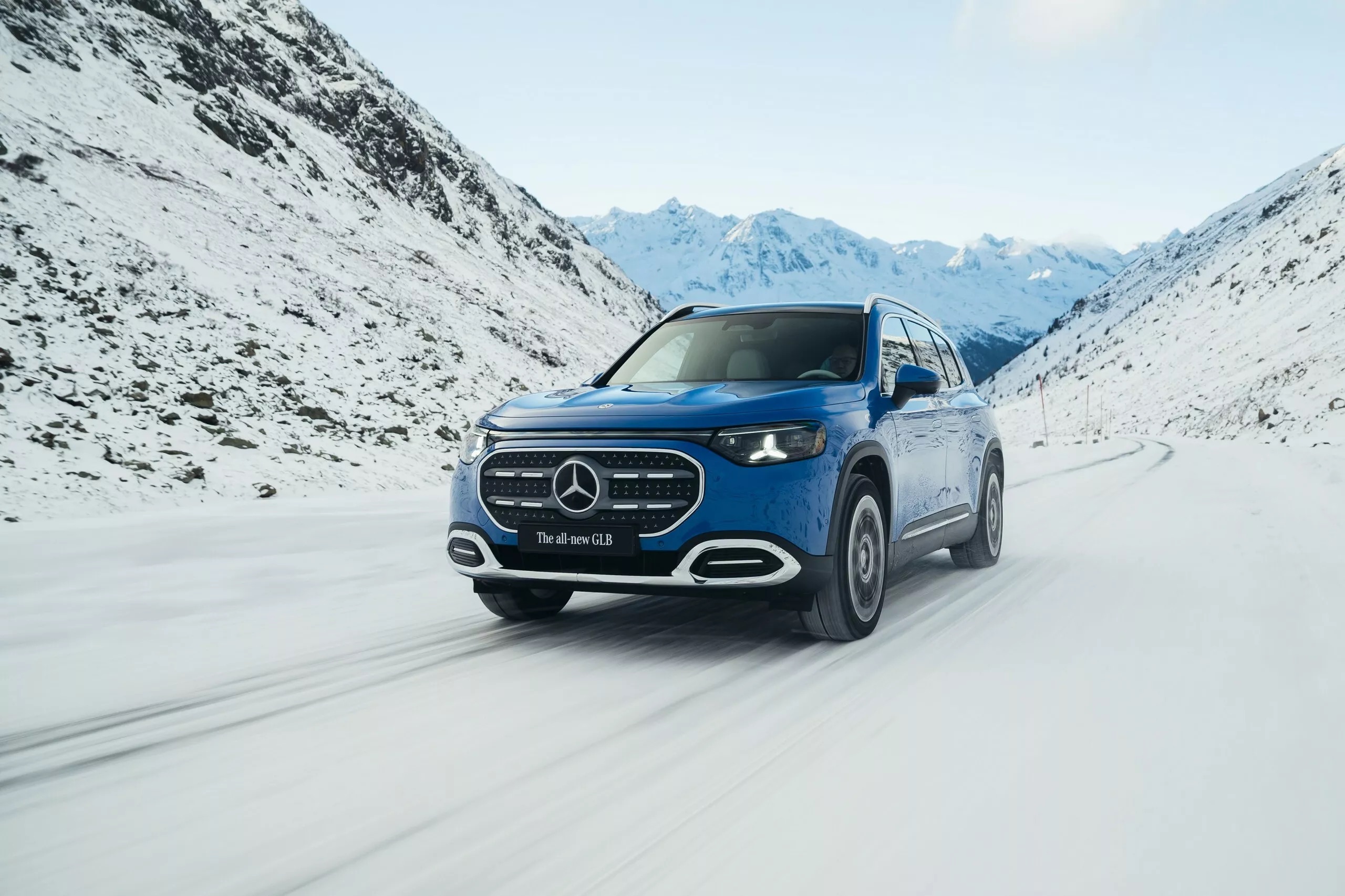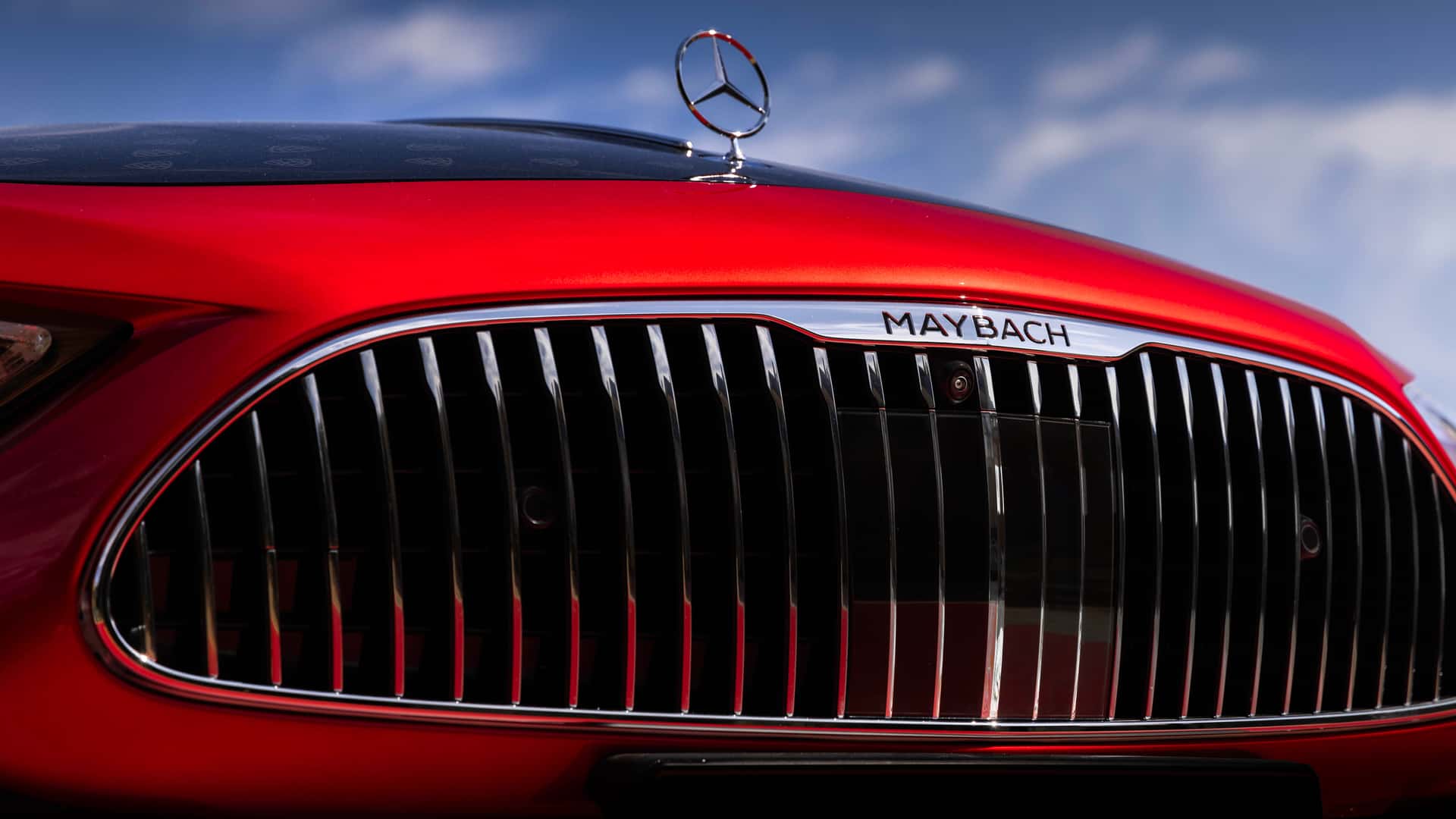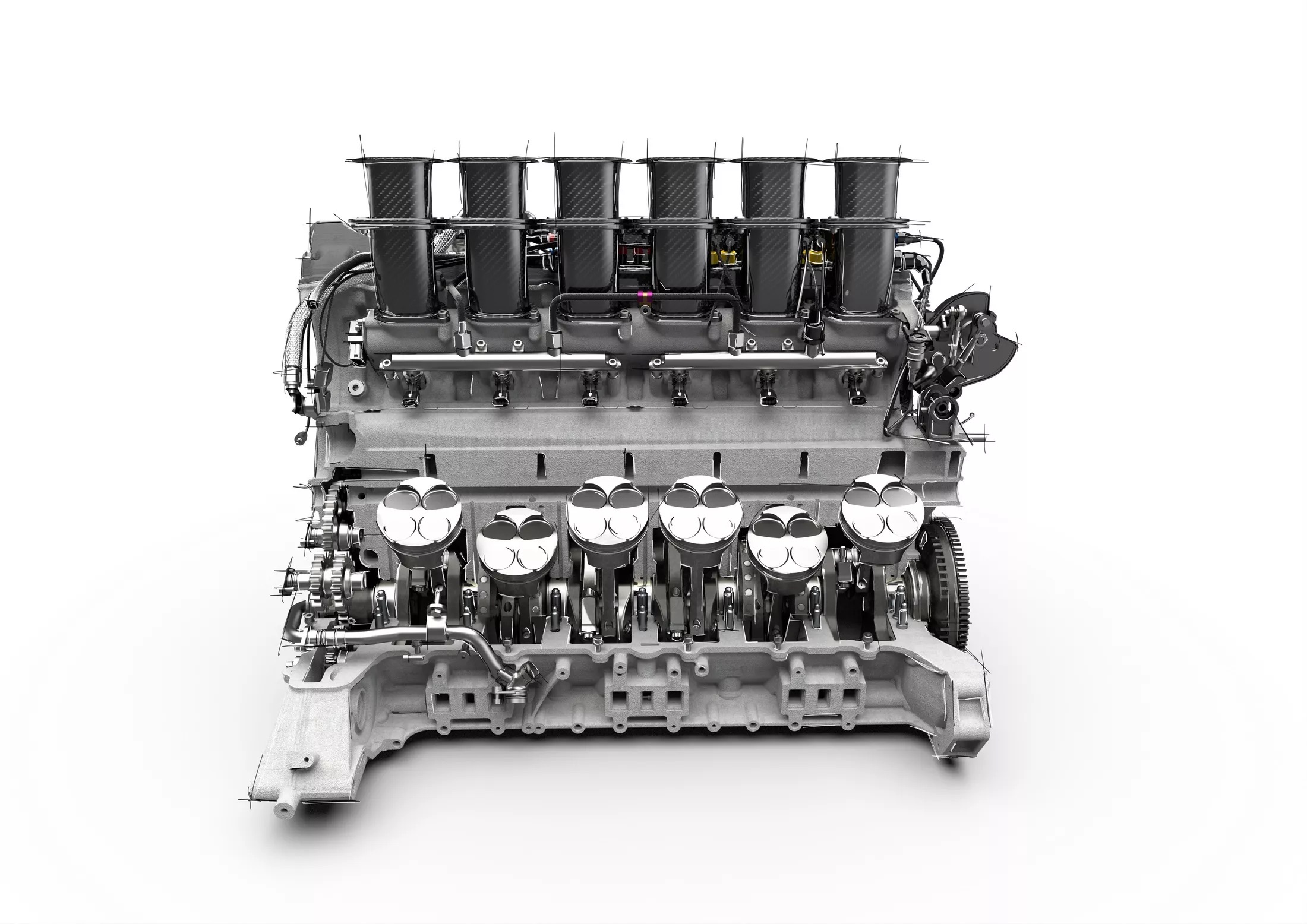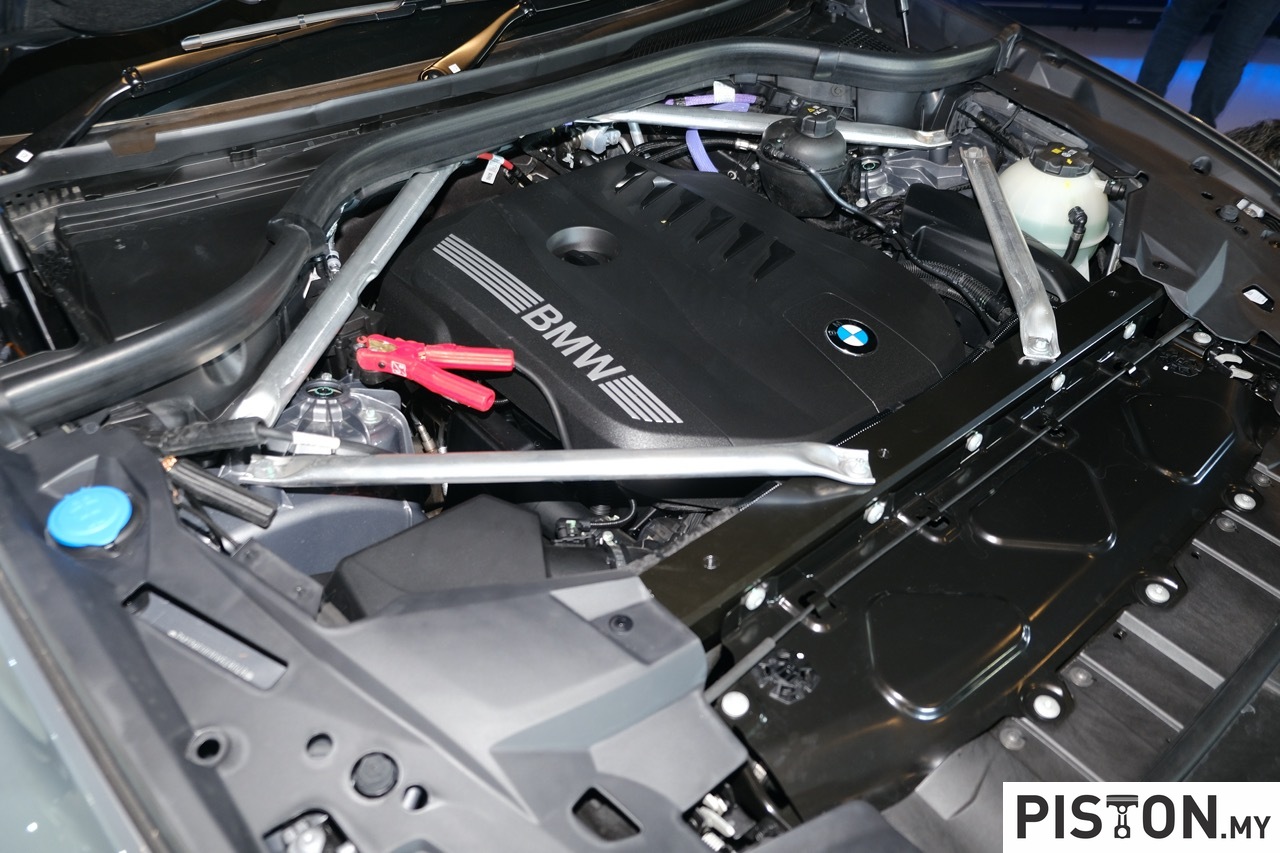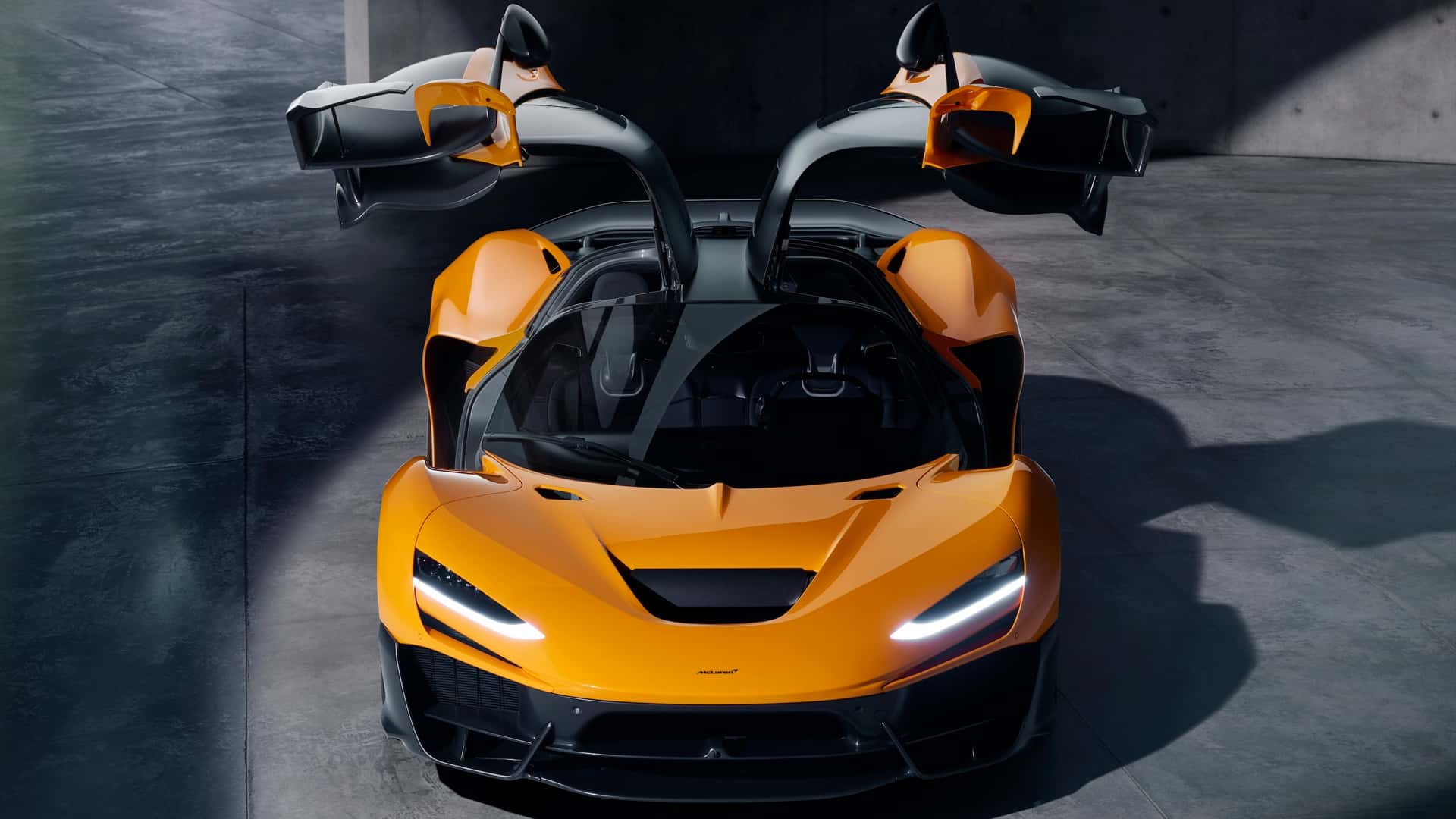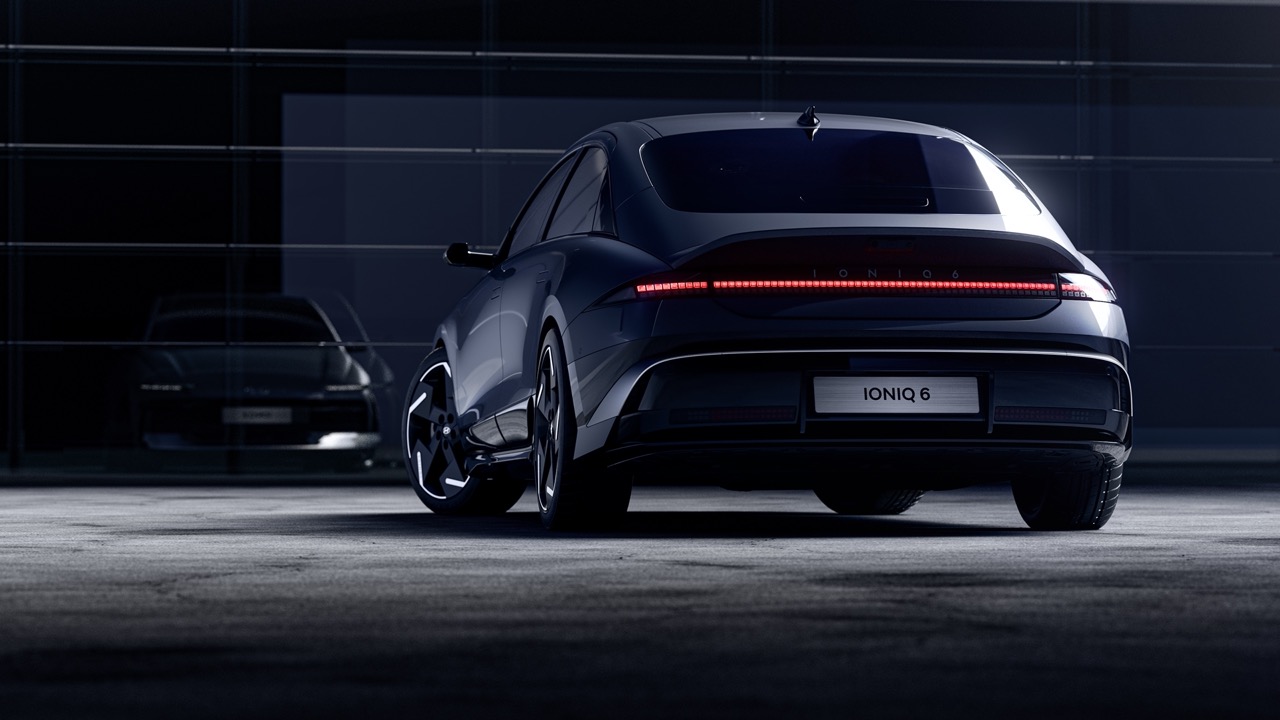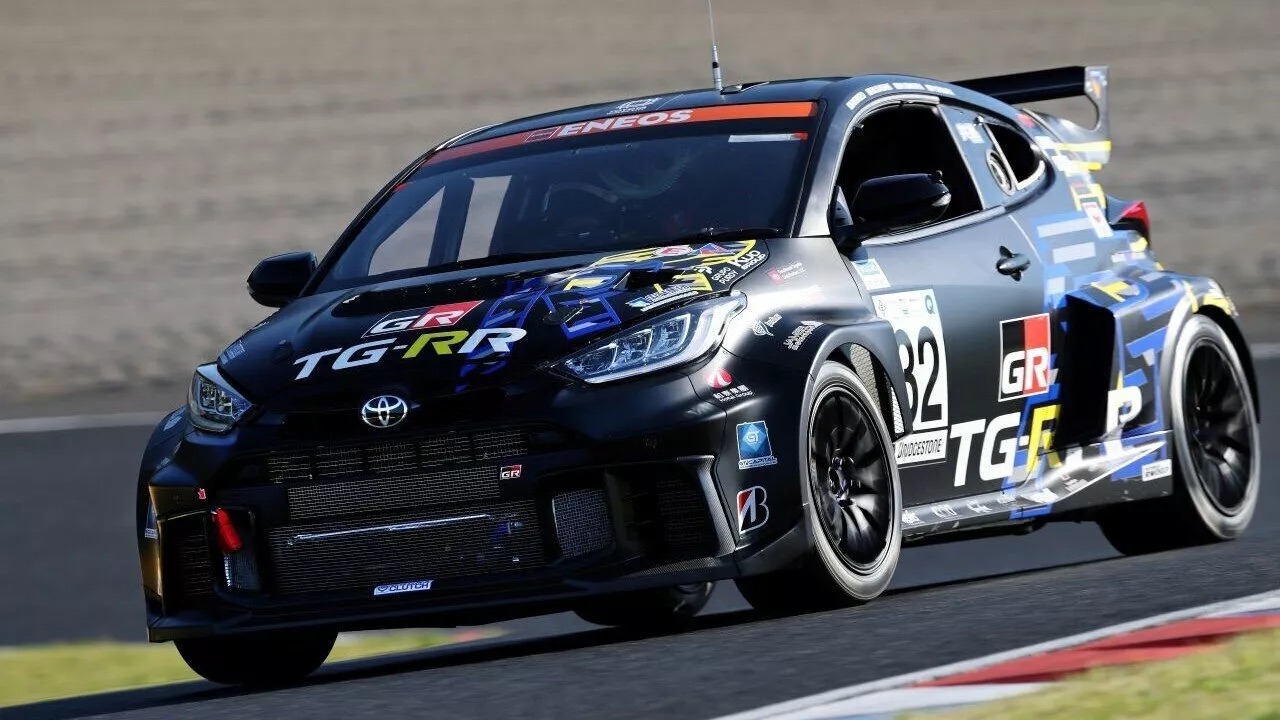Mercedes-Benz has just created new technology that will make it possible to validate transactions without a PIN number or smartphone confirmation using just a fingerprint sensor that is built into the car’s interior. The objective is to make it easier to pay for car-related services.
The German automaker is the first in the world to legally and securely include this kind of payment identification in a car. At first, this new feature will only be available to German users, and it only supports Visa. Mercedes Pay+ will gradually add and activate additional card systems as it is implemented throughout Europe.
(more…)



